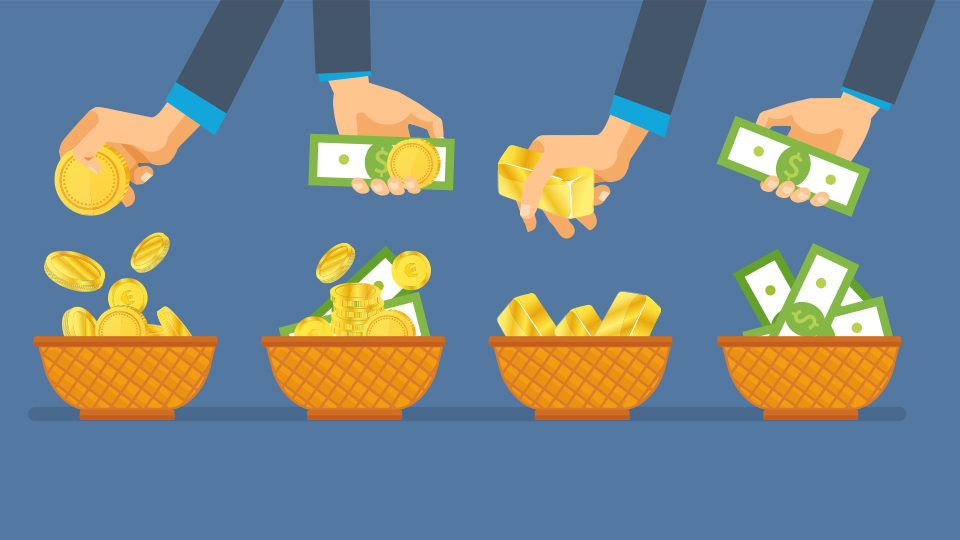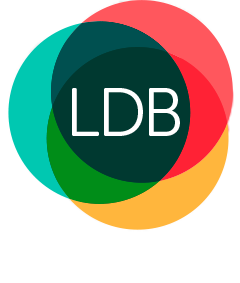What can a self-managed super fund (SMSF) invest in?
September 16, 2021

More than one million Australians have taken greater control over their retirement savings through a self-managed super fund (SMSF).
One of the benefits of an SMSF is it allows you to invest in a broader range of asset classes than a traditional superannuation fund.
When considering your investment options, it’s vital to keep your financial goals front of mind.
More conservative assets can provide steady cash flow, while appreciating assets like stocks and commodities can help to build wealth.
Here’s an overview of the types of things a self-managed super fund can invest in.
Residential and commercial property
Unlike traditional super funds, you can include commercial and residential real estate in your SMSF investment strategy – but there are several rules to be aware of.
Residential property purchased through your SMSF cannot be acquired from a related party of an SMSF member or lived in or rented by a fund member. And your self-managed super fund can only purchase your business premises if you pay rent to your SMSF at the market rate.
Lenders will usually allow self-managed super funds to borrow up to 70 – 80 per cent of the property’s value, but they generally require the SMSF to have a company as trustee rather than as individuals.
Australian and international shares
According to the Australian Taxation Office (ATO), listed shares are the most popular asset class for SMSFs.
Investing in the share market can be extremely lucrative, but it’s important to do your research.
Starting with a diversified portfolio with exposure to different market sectors such as banks and resource companies will help to spread risk.
Blue-chip stocks – those of larger, well-established companies – can also provide a solid foundation before you consider diversifying further with international shares or exchange-traded funds (EFTs).
Cash and term deposits
A term deposit allows you to invest a portion of your superannuation balance for a fixed period of time and a predetermined rate of return.
Most banks offer term deposits specifically tailored to self-managed super funds.
This low-risk strategy allows you to earn more interest than most savings accounts, as long as you don’t withdraw your funds before the end of the term.
A high-interest savings account is still useful, though, for easily accessible funds.
Fixed income products
Bonds are a common type of fixed income product, which are typically less volatile than shares.
When you invest in a bond, you are lending money to the bond issuer, who promises to pay a certain amount of interest and to repay the capital on a set date (the maturity date).
The bond market includes corporate and government bonds, with the latter considered the safer investment as the probability of default is low.
Physical commodities
This class of ‘real’ assets covers a range of raw materials, from agricultural and energy products to metals such as gold and silver.
What makes commodities attractive to investors is their independence from stock, property and bond returns. Because it is one of the few asset classes that does well in periods of rising inflation, commodities can also be used as a hedge against inflation.
Collectables
Artwork, jewellery, antiques, cars, coins, memorabilia and wine all fall into this category.
But since 2016, when more restrictive rules were introduced, fewer SMSFs are investing in collectables.
Make sure you understand the rules before adding any collectables to your portfolio.
Contact the superannuation experts
To ensure your SMSF investment strategy is helping you meet your retirement goals, contact the superannuation experts at LDB for further advice.
To speak to one of our trusted superannuation advisors, call us on (03) 9875 2900 or fill in the contact form below.
